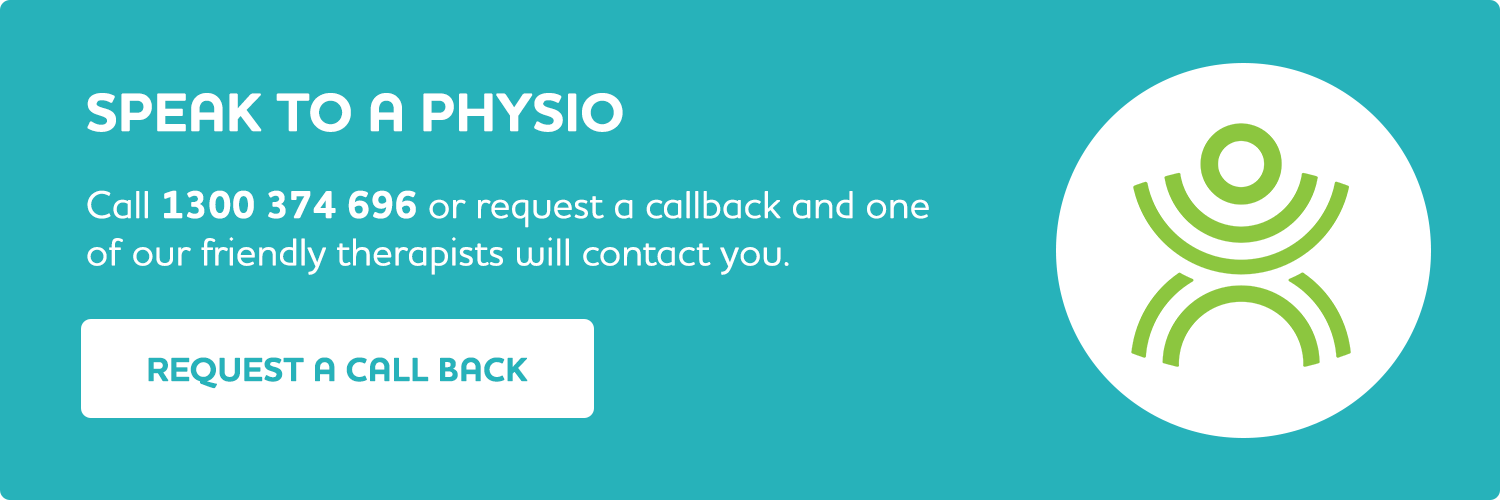Neck pain is one of the most common clinical presentations seen in our clinic. Pain is usually caused by local structures within or around the head or neck, or may be referred from or caused by other sources (such as the upper back, jaw or shoulders).
Headaches are defined as pain in the head, in or around the eyes or ears and behind the back of the head. There are many different types and causes of headaches. The most common type of headache treated by physiotherapists is a cervicogenic (or tension) headache.

Common injuries
Postural neck pain
Poor posture is one of the most common causes of neck pain. Sleeping position, poor work station set-up and sitting posture may all be contributing factors. Typically patients presenting with postural neck pain and neck stiffness need to address issues with muscle imbalance, particularly tightness in their surrounding neck and chest muscles and weakness in the stabilising muscles of the neck, upper back and shoulders. Neck pain treatment can include mobilisation of the soft tissue and joints of the cervical and thoracic spine.
Bulging or protruding disc
The inside of the disc, called the nucleus pulposus, is made of a jelly-like substance which is capable of changing shape and transferring load as your spine flexes and extends. The nucleus pulposus is surrounded by strong connective tissue called the annulus fibrosus, which is designed to hold the normal shape of the disc. A disc bulge occurs when the nucleus pulposus bulges out of shape due to tears or damage to the annulus fibrosus. This bulge can compress or irritate the surrounding spinal nerves, causing symptoms of neck pain, headaches, arm pain, pins and needles and possible numbness. Most patients respond well to physiotherapy treatment, which is typically a combination of ‘hands on’ treatment and exercise based rehabilitation.
Acute Wry Neck
This is characterised by pain and stiffness in the neck or upper back originating from damage and subsequent ‘locking’ of one of the facet joints of the neck. This results in a significant limitation to your range of movement and a postural deformity in which your neck will typically be fixed or tilted to one side. Attempting to move from this position will typically cause sharp acute pain. Common causes are sudden or quick movements of the neck or heavy lifting. Patients often report they simply woke up with their neck in this position. Occasionally pain may radiate from the neck to the upper back, shoulders or arms. Early intervention with physiotherapy will usually see symptoms resolve within a few days.
Cervicogenic (tension) headaches
Cervicogenic headaches can often begin in the back of the head and upper neck as a band-like tightness or pressure. There can be different patterns of pain, such as a ‘headband’ like pattern of pain or pressure, or a sharp throbbing pain behind the eyes. The pain can be one or both sides, range from mild to severe in intensity and can commonly be mistaken for migraine without aura. They can in some cases cause dizziness and nausea. Cervicogenic headaches can be aggravated by certain posture or positions such as sitting a computer for long periods of time. Neck stiffness and upper back stiffness can also be a precipitating factor in developing headaches. Cervicogenic headaches typically respond extremely well to physiotherapy. Your physiotherapist will also provide postural and ergonomic advice if this is outlined to be a contributing factor. Discussion of correct pillow and workstation setup may also be provided as well as other preventative measures.
Whiplash
An acceleration / deceleration injury of the neck typically occurring as a result of a motor vehicle accident whereby the head is forcefully thrown forwards, then backwards. Whiplash can also occur in other incidents where a similar mechanism of injury is present, such as a fall or being tackled in a football game. This can lead to increased neck pain and stiffness. Whiplash can be a serious injury, and if left untreated become a chronic and debilitating injury. Early advice and intervention is recommended.
